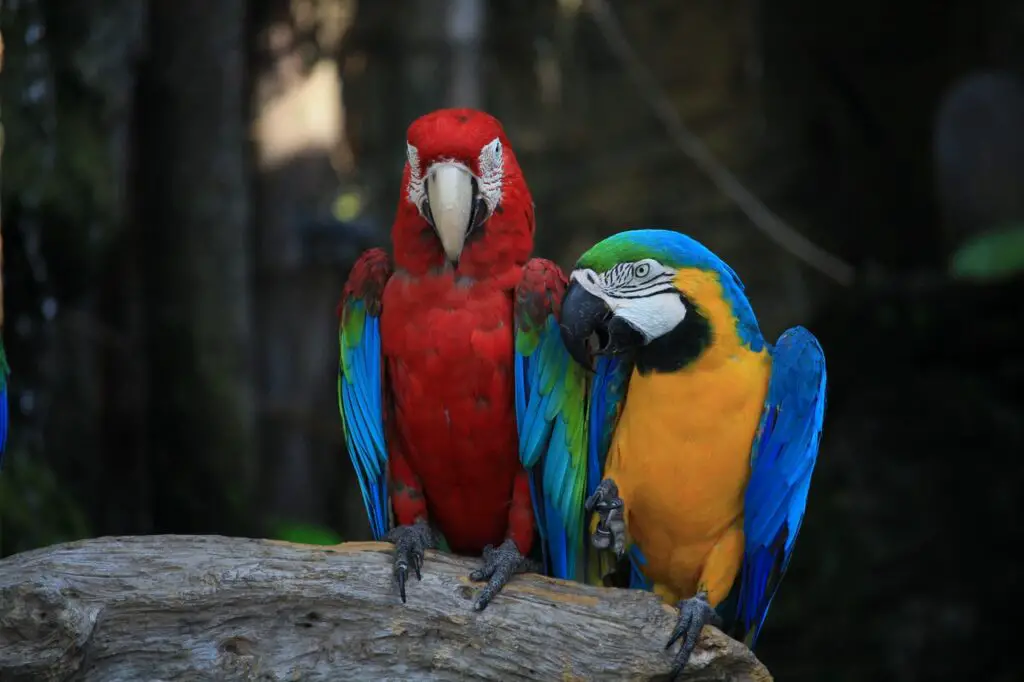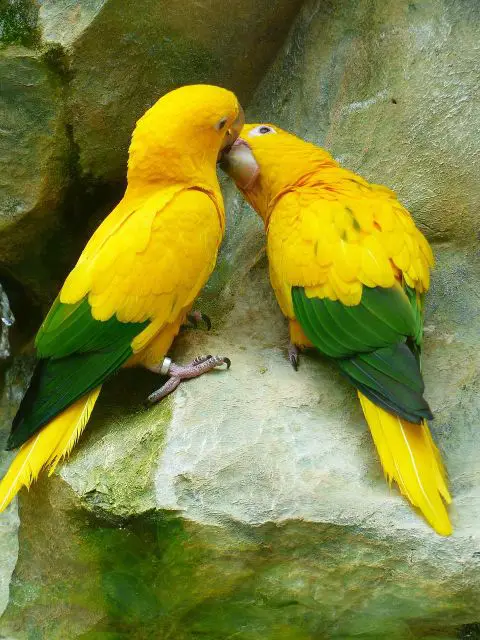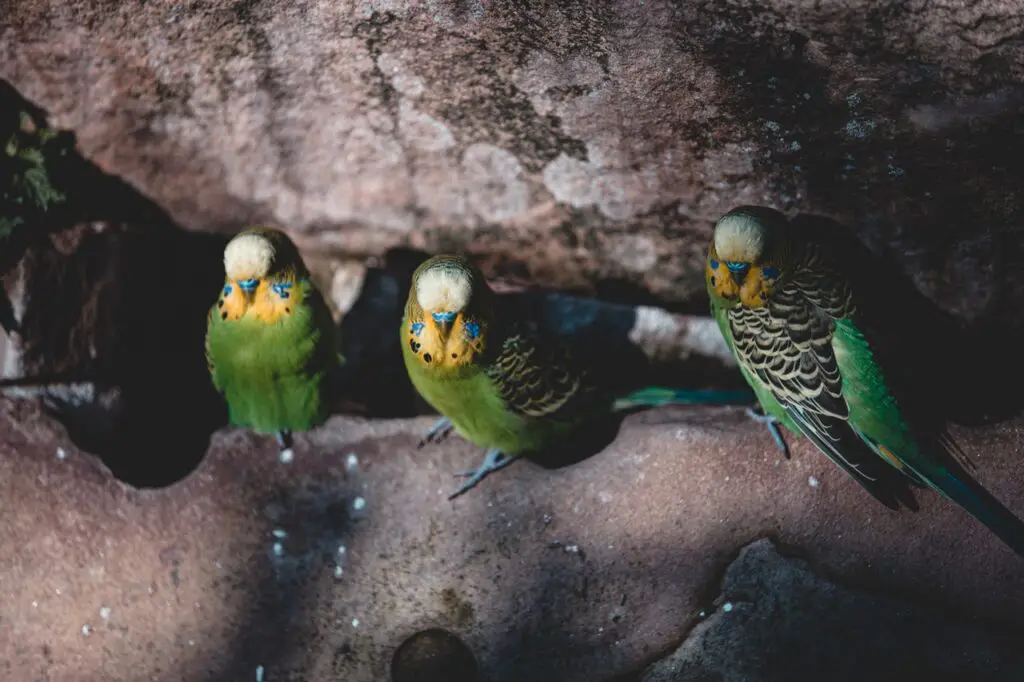Thinking about expanding your feathery family? It’s a big decision, and there’s plenty to consider before you take the plunge.
Getting a second bird can bring joy and companionship to your existing pet, and can also be an educational experience for you. But it’s not without its challenges.
You’ll need to navigate potential conflicts between your birds, divided attention, and increased costs and mess. You’ll also need to be mindful of the needs of your current bird and the impact a new addition might have. And introductions? They can be tricky, requiring separate cages initially and careful monitoring of interactions.
This article will guide you through the pros and cons of getting a second bird, and help you make the best decision for you and your feathered friends. After all, serving our pets with love and care is our ultimate goal. Let’s dive in!
Key Takeaways
- Getting a second bird can provide socialization and mental stimulation and help understand bird behavior.
- There are potential drawbacks of getting a second bird, such as potential fighting, divided attention, doubled expenses, and increased mess and destruction.
- Before getting a second bird, weighing the advantages and disadvantages and considering the bird-keeping aspects is important.
- Introducing a new bird to a resident bird requires proper training, setting boundaries, and observing their body language to ensure a positive and safe interaction.

Benefits of Another Feathered Friend
Imagine this: you’re sipping your morning coffee, watching your beloved feathery friend chirping away as it interacts with its new companion. This provides not just socialization and mental stimulation but also gives you an incredible insight into their unique behaviors and personalities. Isn’t that a delightful scene?
The socialization benefits alone can make a difference for your original bird, boosting their happiness levels. The mental stimulation advantages are also significant, keeping them engaged and active. Understanding bird behavior becomes easier when observing flock dynamics and interactions.
Plus, the bonding and companionship offered by a second bird can significantly enrich your feathery friend’s life. A second bird can add a new dimension to your bird-keeping experience.
Potential Drawbacks of a second bird
While the idea of adding another feathered friend to your flock may sound appealing, it’s important to note that there may be some challenges along the way.
One potential issue is aggression from your current pet. Not all birds welcome newcomers, which could lead to fights.
Another concern is divided attention. Your existing bird may feel neglected or jealous, affecting its behavior and relationship with you.
The expenses also double with another bird, not just for food but also for medical care.
You’ll also have to deal with increased mess and destruction.
More importantly, consider the impact on your current bird. Is it really in their best interest, or would they prefer to remain the sole apple of your eye?

Pre-Adoption Considerations
Before you jump into adoption, you must consider a few things to ensure you’re making the best decision for you and your feathered friend.
- Socialization benefits: Birds are social creatures. Having another bird can provide them with constant companionship, enrich their environment, and improve their mental well-being. However, remember that not all birds will get along immediately, potentially leading to fighting.
- Understanding behavior: Observing two birds interact can give you a deeper insight into their unique personalities and behaviors. This can enhance your bird-keeping experience, but it can also be challenging if conflicts arise.
- Expenses and Attention: An additional bird means doubled expenses and divided attention. You’ll need to ensure you can meet their needs without compromising your existing pet’s care.
Consider these aspects carefully before making your decision.
Introducing a New Bird
So, you’ve decided to expand your feathery family and bring home a new avian companion. It’s an exciting prospect, but remember, careful introductions are key.
Here’s a handy table to guide you:
| Step | Action | Importance |
|---|---|---|
| 1 | Quarantine process | Protects your resident bird from potential health issues the new bird might bring. |
| 2 | Supervised playtime | Lets you observe and manage their interactions, ensuring safety. |
| 3 | Bonding techniques | Using treats and shared activities can help build a positive relationship between the birds. |
| 4 | Trick training | Enhances trust and understanding, strengthening both bird-to-bird and bird-to-human bonds. |
If any aggression or constant distress is observed, don’t hesitate to separate them. It’s all about keeping a harmonious and happy aviary home.
Post-Adoption Management
After you’ve brought your new feathered friend home, it’s crucial to manage the post-adoption process with care and patience to ensure a smooth transition for both birds. Here are four steps to help you navigate this journey:
- Prioritize your first bird: To manage potential jealousy, always make a point to greet and feed your first bird before the newcomer. This will reassure them of their importance to you.
- Use separate cages: Keeping the birds in separate cages is wise during the introduction phase. This allows them to observe and get used to each other’s presence without immediate threat.
- Schedule playtime together: When they seem ready, allow supervised playtime together. This encourages positive interaction and bonding.
- Apply training methods: Use bonding techniques and training methods to foster a healthy relationship between your birds. Remember, every bird is unique, so patience is key.

Conclusion
So, you’re thinking about getting another bird? It can be a great move, offering social and mental benefits for your current pet.
But remember, it can also bring challenges like potential fights, divided attention, and increased costs.
Be sure to consider your bird’s needs, how they’ll react to a new companion, and your reasons for adding to your flock.
With careful introduction and management, a second bird can be a wonderful addition to your family.
